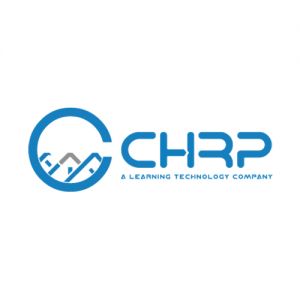Virtual Reality DevelopmentPosted by chrp-india on March 18th, 2021 The market for virtual reality technology (VR) is expected to cross billion in the coming years. In addition, more than 150 million headphones have been sold (Source DigiCapital). Digital reality and interactive technologies have been profoundly rooted in gaming. However, this technology has progressed from its infancy and is now being used to improve workplace productivity in a variety of industries. Many companies are leveraging the benefits of Virtual Reality to increase efficiency, from removing geographical obstacles to improving employees' emotional ability quotient.Applications of Virtual Reality in the workplace:· Remote virtual working· The planet has become a global village as a result of rapid advancements in technology such as the internet and video conferencing. Despite the fact that they brought together companies from all over the world, there was still a need for technology that would allow certified remote assistance and a near-physical meeting experience. This increases team collaboration while also lowering costs.· Controlled and monitored testing and training environmentsIn industries such as mining, a variety of innovations have been organised to ensure a healthy working atmosphere for employees. None of them have come close to the way VR is doing it for them. Employees can use virtual reality to simulate a mining environment that is nearly identical to the real thing. This would help train them for deployment. In addition, with a supervised and controlled training environment, the possibility of leaving a trainee untrained can be easily detected. Students of medicine can grasp more information with virtual cadavers in the field of healthcare. It is developing training and prototyping in fields such as automobile manufacturing and aerospace engineering. According to a CompTIA report, virtual reality-based training reduced training time by 40% and improved employee presentation by a whopping 70%. Improving operations Renault Trucks has been introducing a Hololens-based solution to boost quality control (QC) functions in its manufacturing facilities. All of the engine pieces are digitally visualised by QC operators wearing the headset. They can make better and more educated decisions with these integrated parts in a mixed-reality interface, and they can be motivated to complete even the most complex control operations. Another company, BAE Systems, has been using virtual reality to create electric propulsion. Wire harness staff at Boeing reduced their assembly time by 25% with VR, according to a Google Glass pilot. Working with physical 2D blueprints necessitated a juggling act of checking instructions and bringing items together. Staff were able to assemble without having to use their hands. A decline in customer service costs The Cost to Serve (CTS) is one of a company's most significant expenses. After delivering the physical product, providing assistance during the warranty cycle and supporting customers on-site entails a significant investment in travel and the hiring of specialised technicians. These are frequently simple services that can be easily made feasible with the help of virtual reality. Virtual reality could help reduce service costs by allowing customers to troubleshoot problems on their own. Several companies have used virtual reality to increase customer satisfaction rates by encouraging self-help and professionally directed assistance. · Quickly test and develop applicationsVirtual reality is being used by companies including Boeing and Raytheon to produce products and technologies faster than conventional approaches. Raytheon, a military hardware manufacturer, uses cave, a virtual reality simulation chamber, to help developers and designers communicate with a digital prototype. This saves millions of dollars in time and money by avoiding the creation of real goods with flaws. Virtual reality (VR) offers a comfortable and practical testing environment for prototypes at a low cost. VR prototyping will speed up the process in industries like automotive, where cars are designed in digital sketches and modelled in clay. A full-scale clay model can be created from a digital drawing. Like it? Share it!More by this author |


